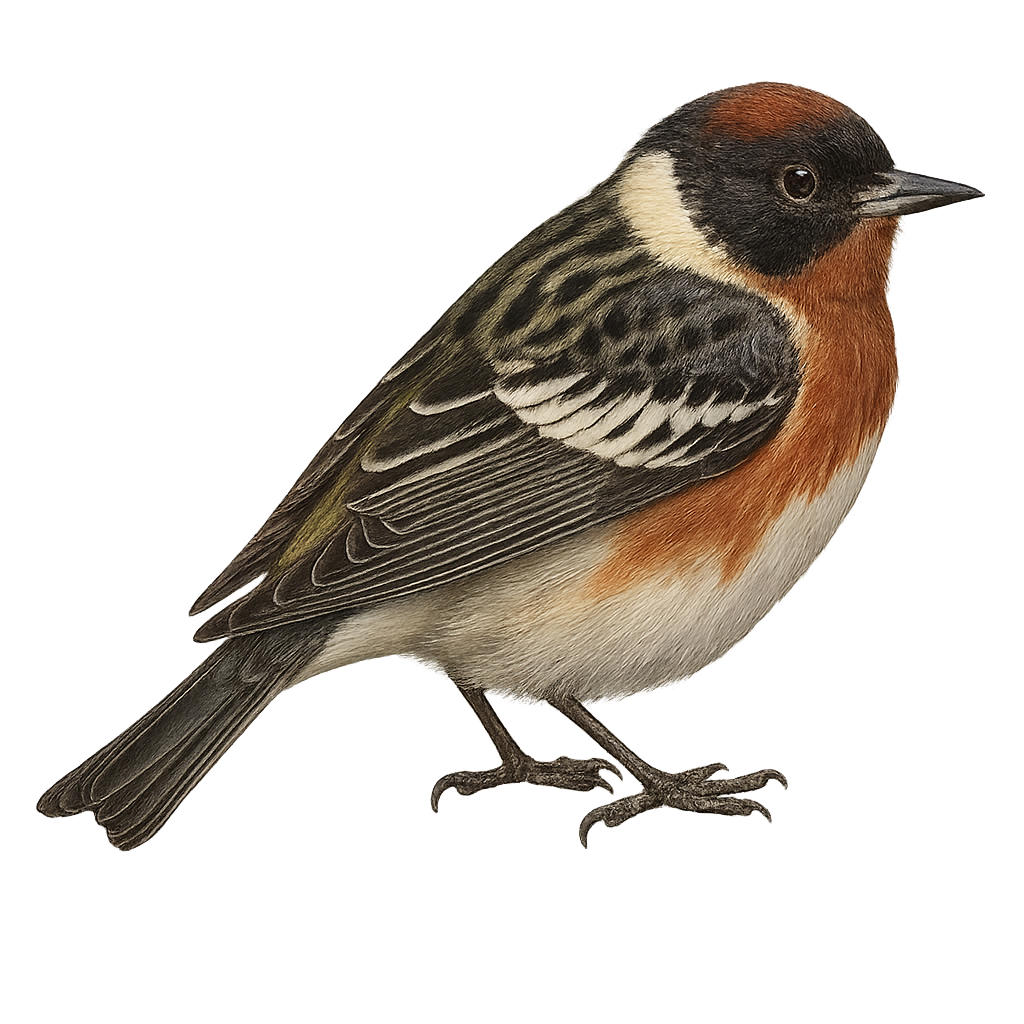Your wildlife photography guide.
Explore the bay-breasted warbler in detail, study its behavior, prepare your shots.
Where to observe and photograph the bay-breasted warbler in the wild
Learn where and when to spot the bay-breasted warbler in the wild, how to identify the species based on distinctive features, and what natural environments it inhabits. The WildlifePhotographer app offers tailored photography tips that reflect the bay-breasted warbler’s behavior, helping you capture better wildlife images. Explore the full species profile for key information including description, habitat, active periods, and approach techniques.
Bay-breasted Warbler
Scientific name: Setophaga castanea

IUCN Status: Least Concern
Family: PARULIDAE
Group: Birds
Sensitivity to human approach: Suspicious
Minimum approach distance: 10 m
Courtship display: May to June
Incubation: 12-13 jours
Hatchings: May to July
Habitat:
Coniferous forests, mixed forests, wooded areas
Activity period :
Primarily active during the day, with peak activity in the morning and late afternoon.
Identification and description:
The Bay-breasted Warbler is a small songbird belonging to the Parulidae family. It is easily recognizable by its chestnut-colored breast, contrasting with its white belly and black and white wings. Males display brighter colors than females, especially during the breeding season. This migratory bird primarily nests in the coniferous forests of Canada and the northern United States, migrating to Central America and northern South America for the winter. Its diet mainly consists of insects, but it can also feed on berries in the fall. The Bay-breasted Warbler is an active and agile bird, often seen foraging in tree branches.
Recommended lens:
400 mm – adjust based on distance, desired framing (portrait or habitat), and approach conditions.
Photography tips:
To photograph the Bay-breasted Warbler, it is advisable to use a telephoto lens of at least 400mm to capture detailed images from a distance. Look for these birds in coniferous or mixed forests, especially during migration. Be patient and discreet to avoid scaring them away. The best times to observe them are early in the morning or late in the afternoon when feeding activity is at its peak. Take advantage of the soft natural light to get well-lit photos and highlight the bright colors of their plumage.
The WildlifePhotographer App is coming soon!
Be the first to explore the best nature spots, track rutting seasons, log your observations, and observe more wildlife.
Already 1 431 wildlife lovers subscribed worldwide

